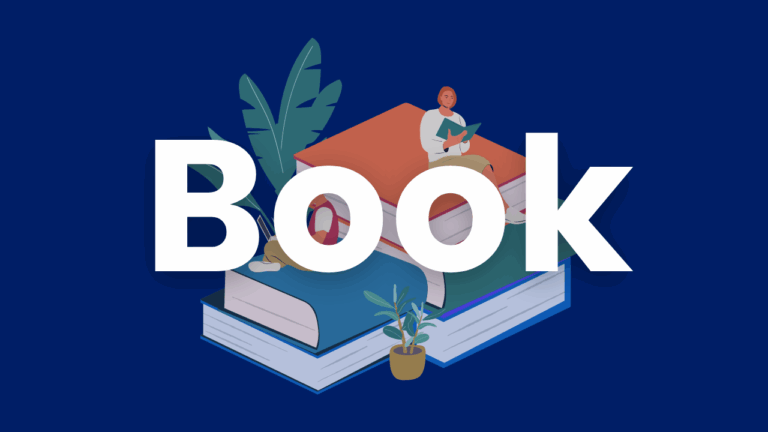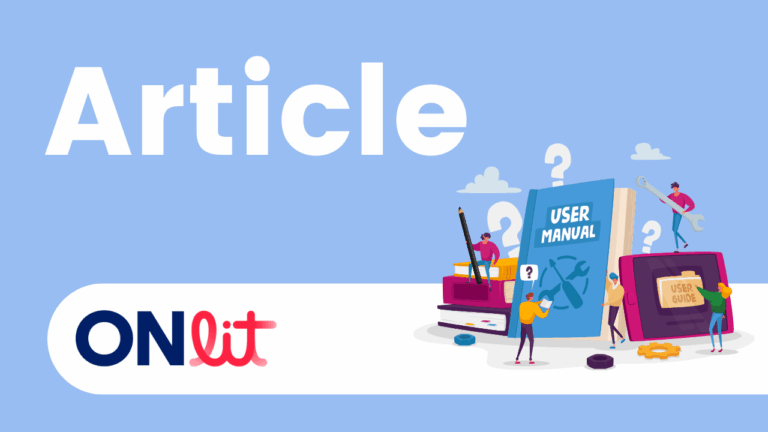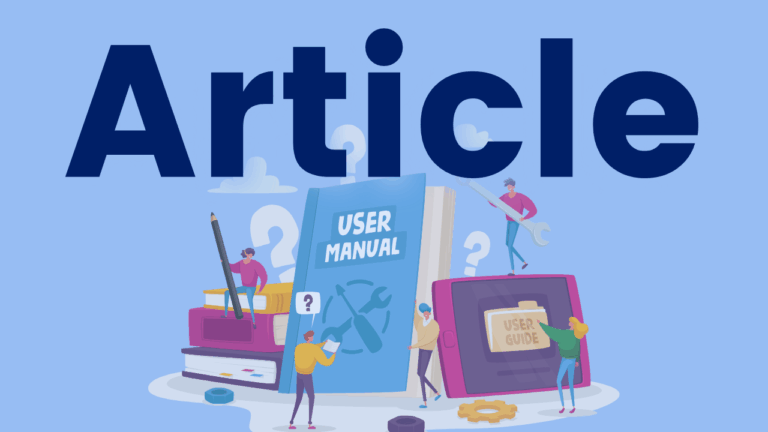Word Reading Grids
These fluency grids, created to align with UFLI’s scope and sequence, provide additional practice for students as they build proficiency in using grapheme-phoneme correspondences to decode words. Thank you to Avon Maitland DSB for sharing!







